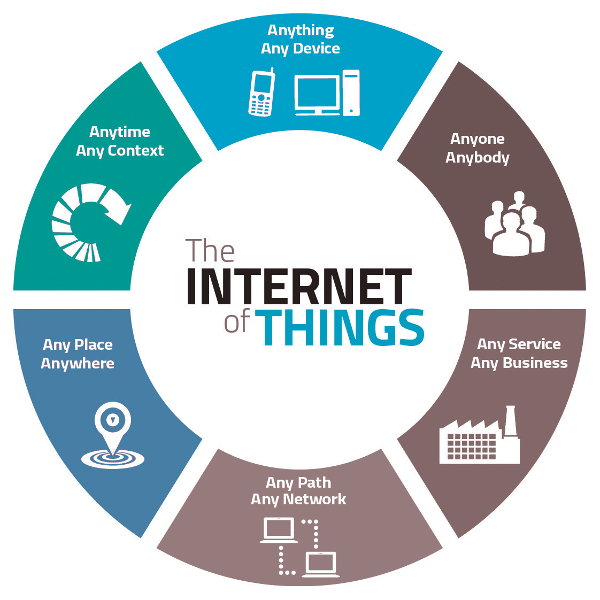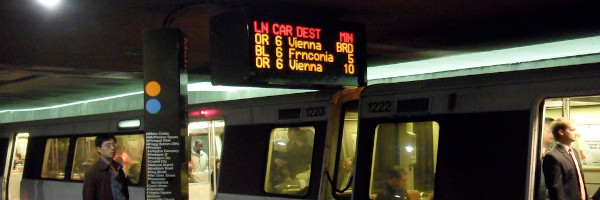Impacts to Municipal Governments of IoT Networks
- Authors
The Municipal IoT will probably have numerous impacts to state and local government agencies and their operations. In a sense, this is the heart of this Blueprint paper, and the essential reason for its existence. IoT networks have the potential to improve greatly the way we deliver services, reduce operating costs, improve the economy and commerce, promote better environmental stewardship, and provide opportunities for digital equity and access – leading to developments in tourism, breakthroughs in transportation and transit, and so much more. While this list of potential use cases is by no means exhaustive, it provides an introduction for government leaders as to what they should start looking for when it comes to the potential impacts of IoT networks.
- Impact #1- Enhanced Service Delivery
Many civil service problems have been around so long, they are considered more like facts of life than actual problems. Of course, there is traffic at rush hour. Of course, parking downtown is a pain. Of course, the trashcans on Main Street overflow on weekends. IoT technology and smart city systems are not a magic wand to make these challenges disappear – but they can certainly help. Emerging technologies can utilize GPS systems, cameras, electronic road signs, and traffic light coordination (all connected via IoT) to keep traffic flowing. Parking spot sensors can alert the public when and where parking is available – an impact especially appreciated by handicapped visitors and owners of electric vehicles in need of a charge. Meanwhile, streetlights connected into citywide wireless networks, controlled remotely and activated via mobile apps, will reduce staff time for maintenance and provide greatly improved energy efficiency.
Municipalities can also collect vast amounts of data on how long it takes citizens to get from place to place or how long they spend waiting for public transit, and then alter routes or times accordingly based on documented needs. Smart waste bins can now send alerts when they need to be emptied, allowing municipalities to both prevent them from overflowing on busy days, and prevent unnecessary pickups on slow days.
- Impact #2- Reduced Operating Costs
The prevention of unnecessary waste pickups referenced above is more than just a convenience; it also saves money and reduces greenhouse gas emissions. Despite a public perception of government bloat, many local agencies operate on a shoestring budget. Installing IoT technology to transform a city into a smart city obviously requires an initial investment, but the savings can add up quickly. IoT sensors installed in a water supply system can track water pressure, chemical composition, and flow. When numbers veer outside the expected range, the system can automatically alert local authorities to address the situation – and provide real-time data to back up their decisions. Sensors can turn streetlights on or off – or even adjust their brightness – depending on ambient light levels or detected motion. Smart technology can increase energy efficiency to reduce energy bills, increase irrigation efficiency to reduce water bills, and increase resource efficiency to reduce resource costs. Asset management systems can track physical resources throughout a space—ladders or forklifts in a government building, for example—so staff can locate them easily. This not only saves time and headache for workers but also prevents the purchasing of unnecessary resources to replace “lost” ones.
- Impact #3- Improved Economy and Commerce
IoT technology encourages cooperation between multiple public and private organizations to collect, analyze, and actualize real-time information. Businesses can use data collected through IoT to improve their services, understand pain points, and better target potential customers. Smart kiosks installed on downtown street corners can provide wayfinding services to help guide people wherever they’re trying to go; concierge services, to help people find the nearest movie theater, clothing store, or Indian restaurant; or even display advertisements, to generate extra revenue for local government and exposure for local businesses. Data even shows smart cities enhance competitiveness in attracting new residents and businesses.
- Impact #4- Environmental Sustainability
Energy and water efficiency have already been mentioned but deserve to be highlighted here as well. Citizens are increasingly expecting their governments to act on such issues, and smart technology can allow agencies to make truly intelligent choices. Something as simple as installing solar panels can save both money and the environment. Deploying air quality sensors can allow municipalities to monitor air quality changes throughout the day and identify areas or times of particularly heavy pollution. This data can be critical to sensitive populations, such as those suffering from respiratory ailments, but can also be used by authorities to reveal businesses that may be polluters and create action plans aimed at reducing emissions.
- Impact #5- Equitable Access
IoT technology contains an important keyword buried in the acronym: internet. Many rural, coastal, underserved, or unincorporated communities struggle with fiber, wireless, and cellular connectivity. This means many residents and visitors miss out on the benefits the internet can bring, including innovation and free-flowing communication, economic development, educational opportunity, and democratic access. During emergencies, when traditional landlines and other services fail, internet access can be a literal lifesaver, providing critical local information. However, making a commitment to smart technology also means making a commitment to ensure internet access – “oT” isn’t very helpful without the “I.” Obviously, many municipalities cannot afford to create wired internet connections throughout their territory, but there is no need to. Other innovative technologies exist to help provide access in remote or difficult-to-reach areas, such as microwave technology. Becoming a smart city can be a great reason to begin providing much- needed internet access to a community.
- Impact #6- Everything Else
The possibilities with smart technology are nearly limitless. Sensors can track which streets have been plowed after a blizzard and which streets still need to be plowed. They can monitor the structural integrity of bridges and buildings to prevent full or partial collapses, saving money and lives. From bots to sensors, the use of smart technology can free up staff to focus on strategic initiatives rather than manual drudgery.
Regardless of geographic location, population, economic size and might, governments working with the Internet of Things are hoping to improve the lives of the residents and visitors in their communities. This core value binds us all together on the journey to becoming “smart.” Ultimately, it all comes down to public service—using technology to best serve the public by making the best use of resources available to us.
Having discussed the positive impacts of the Municipal IoT and why you, dear reader, should care, the Blueprint will now provide an overview of the current state of The Municipal IoT, including findings from our research and a thorough discussion of how Municipal IoT will become ubiquitous and highly available in the future, which is not today.







